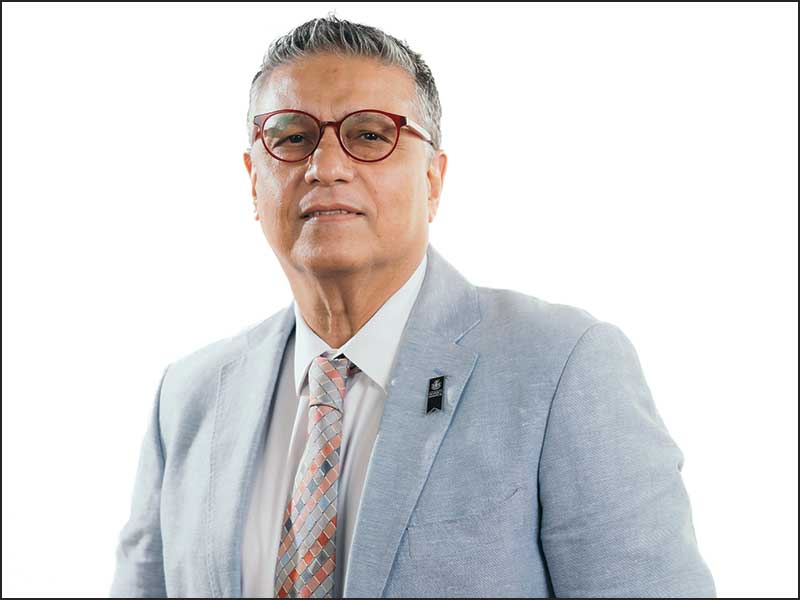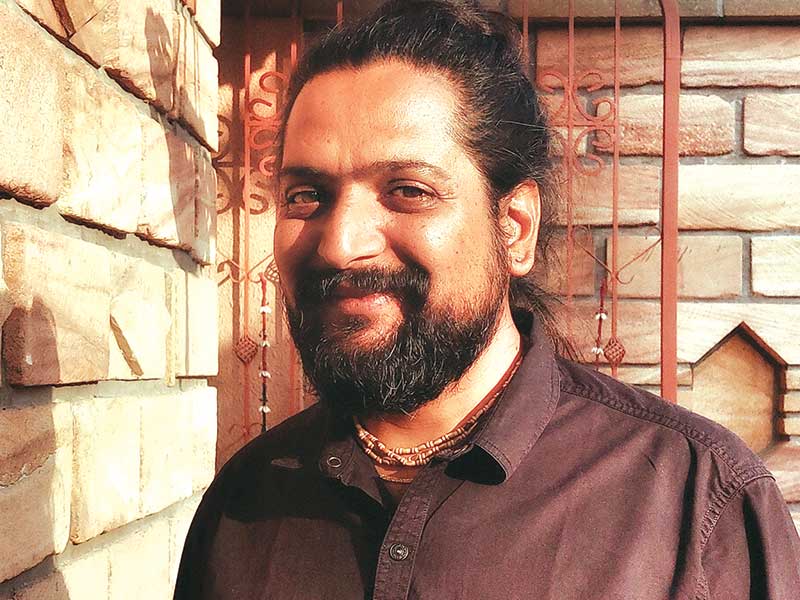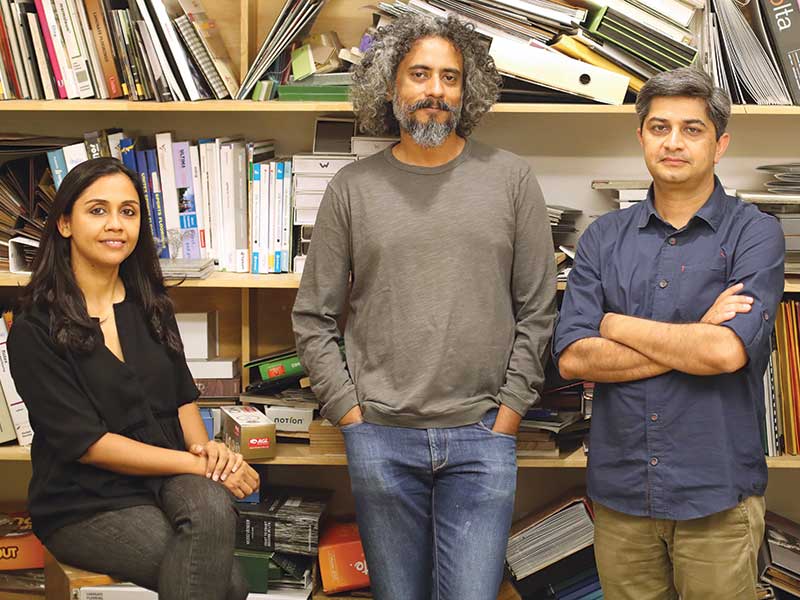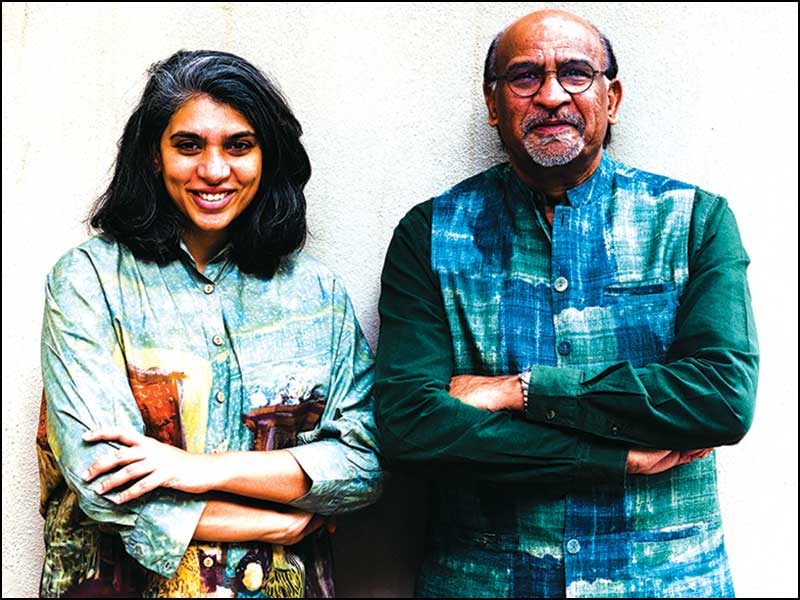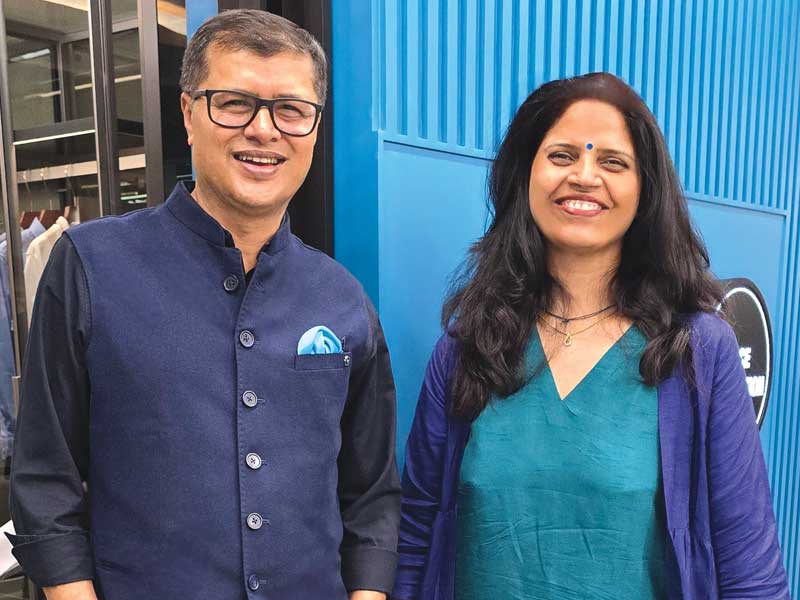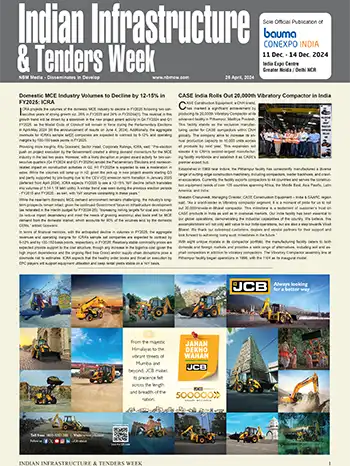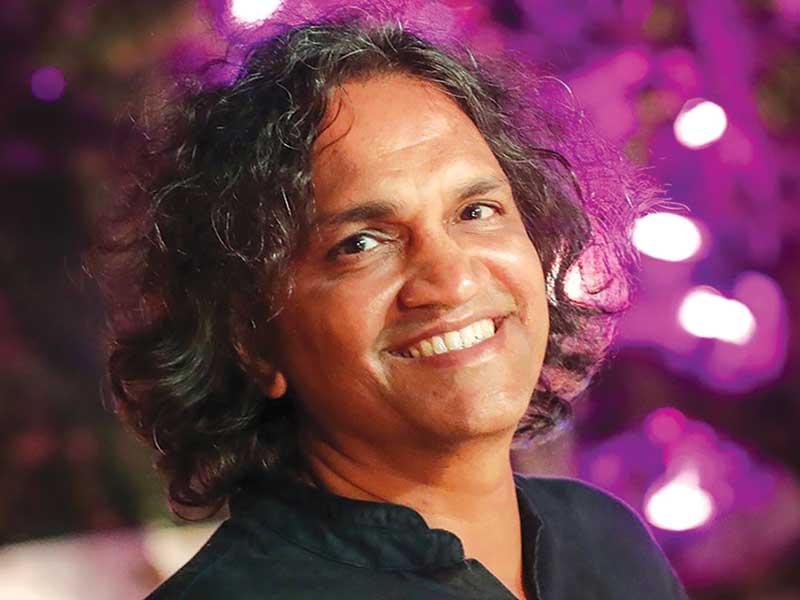
The integration of AI into design processes is reshaping the industry, making tasks like conceptualization and planning more efficient. We’re witnessing architects embracing AI tools to innovate and create groundbreaking designs. Alongside AI, robotics and 3D printing are advancing, pushing the boundaries of what’s possible in architectural design.
However, amidst this technological revolution, there’s a growing awareness of sustainability concerns. Climate change and environmental degradation have prompted a shift towards more eco-friendly architectural practices. This contrast between technological innovation and sustainability presents a challenge, but also an opportunity for designers to strike a balance between cutting-edge technology and environmental responsibility. This rise in India is reflected in lifestyle choices, with an emphasis on luxury and sustainability.
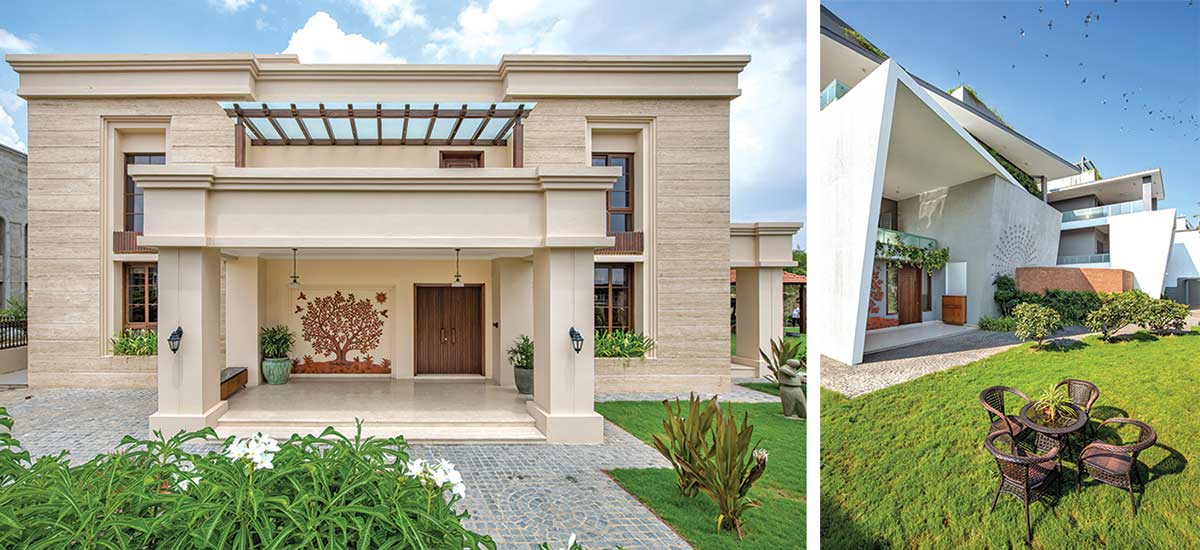
While AI and 3D printing enable the conceptualization of complex structures, skilled human resources are essential for their execution. Precision and proficiency are supreme, especially considering the intricate nature of modern architectural forms.
The integration of AI and 3D printing holds promise for the future of design, offering the potential to realize previously unimaginable architectural feats. However, this confidence on technology also raises questions about the role of human creativity and craftsmanship in the design process.
Debates surrounding the future of architecture will undoubtedly continue, with some advocating for technologically driven innovations, while others prioritize simplicity and sustainability.
Ultimately, the evolving architectural landscape in India will be characterized by a harmonious coexistence of technological advancement and traditional craftsmanship, offering diverse and exciting possibilities for the future.

